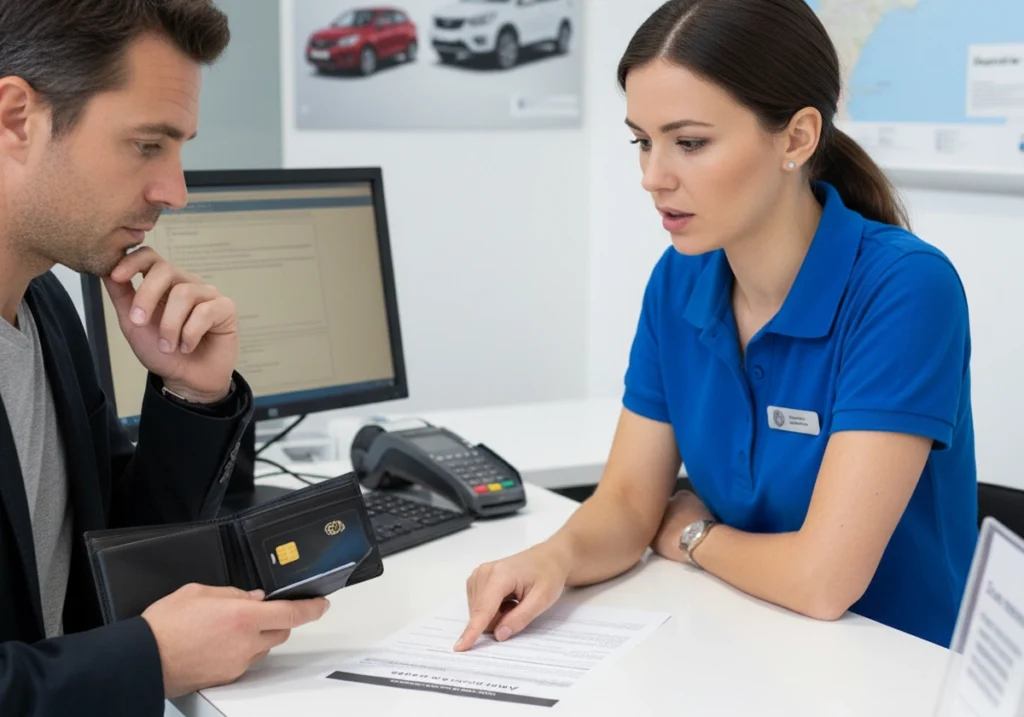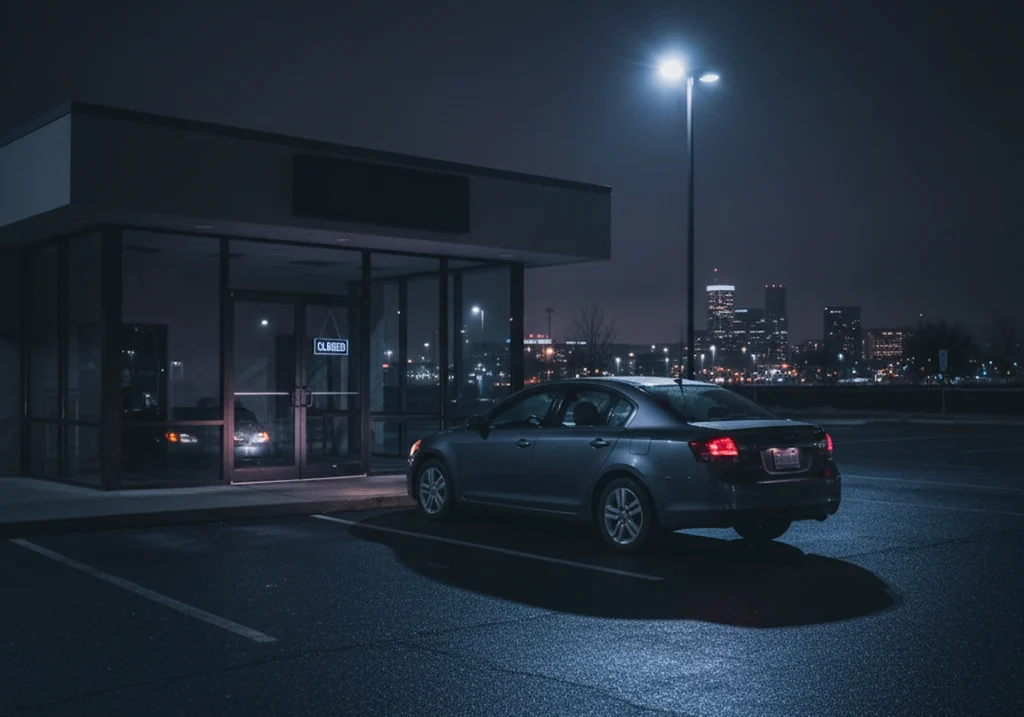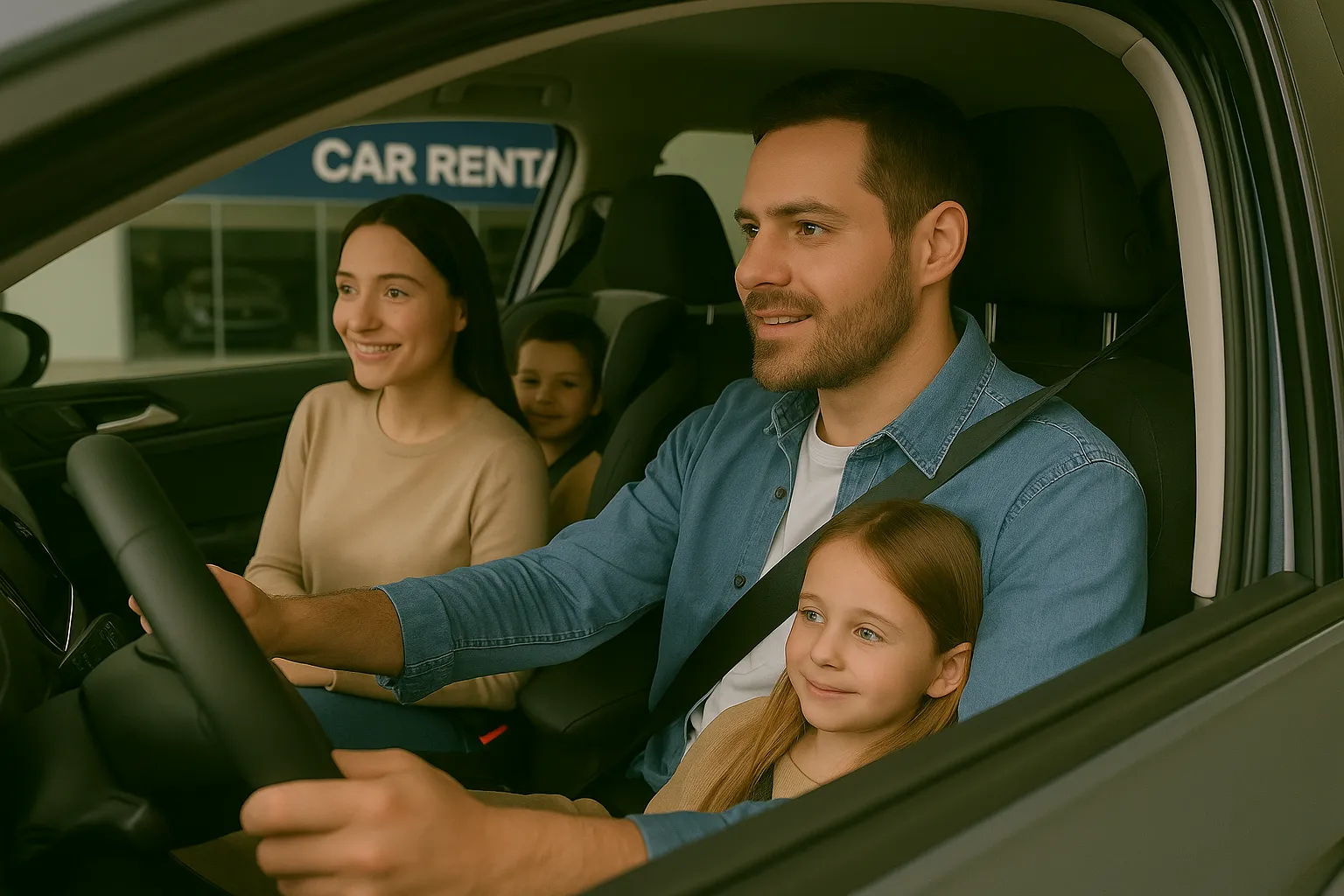Rental car bookings come with traps most people don’t see coming. Hidden fees appear at checkout, the car you reserved isn’t ready when you arrive, and what looked like a good deal online turns into an expensive headache.
Most of these problems come down to a handful of common mistakes. Miss one detail during booking, and you’ll pay for it (sometimes literally).
If you’re booking a car in Brisbane, here are the six most common rental car mistakes and how to avoid them.
1. Paying for Insurance You Already Have
Rental agents push hard for extra insurance at the counter. But your personal car insurance or credit card might already cover rentals.
Before your booking, we suggest you call your insurance company and your credit card provider. Ask them directly: “Do you cover rental cars? What’s excluded?”

It’s because many credit cards cover collision damage, but only if you pay with that card and decline the rental company’s insurance. Some personal car insurance extends to rentals too, but usually only in your home country.
If you’re already covered, decline the extra insurance at the counter. If you’re not covered, buy it, but ask about the excess first. Some policies have $3,000 excesses. That means you pay the first $3,000 of any damage yourself.
Sort this out before you get to the rental desk. Making decisions under pressure when you’re tired usually means spending money you don’t need to spend.
2. Falling for the Cheap Daily Rate
A $29-per-day rate looks great until you see the real total. Airport fees, extra driver charges, GPS rental, and age surcharges can triple the price you saw online.
And those costs? They’re sneaky. They don’t always appear on the search page. Sometimes they only appear when you’re finalising the booking. Sometimes not until you’re at the counter.
Fortunately, you can avoid this.
Instead of taking the headline rate at face value, click through to the full price breakdown. Check for airport fees (often listed as the “concession recovery fee”), extra driver costs, one-way drop-off charges, and equipment rentals.
And don’t forget to check reviews for the exact branch you’re booking with. Some branches are known for adding surprise fees at pickup.
If the website doesn’t show the full price, call the rental desk directly. Ask them to tell you the total cost, including all fees. The best car booking advice? Compare total costs, not daily rates.
3. Not Checking the Car Before You Drive Off
Most damage disputes happen because renters don’t check the car carefully. You might miss a scratch at pickup, and weeks later, it shows up on your bill as a $180 charge. Without proof that the damage was already there, you’re usually held responsible.
According to the Australian Competition and Consumer Commission (ACCC), it’s common for rental companies to assess vehicles for damage after customers have left. This means you could be charged for alleged damage at your discretion, even if it wasn’t your fault

Here’s what we recommend: walk around the car before you drive off. Check every panel, the roof, the bumpers, and inside the car. After that, take photos or a short video of any scratches, dents, or marks. Don’t forget to ensure the number plate is visible in at least one shot.
If you don’t document the condition upfront, the rental company can charge you for damage you didn’t cause. Before you know it, those “minor” scratches can turn into a very expensive surprise.
If you spot damage that’s not listed on their paperwork, go back inside. Ask them to update it or swap the car for a different one. Then email the photos to yourself while you’re still in the car park. The timestamp proves when you took them.
Do the same when returning the car. Photograph everything again, including the exterior, the fuel gauge showing full, and the interior. Keep these photos for at least 60 days, because damage claims can still pop up after you’ve returned the car.
Remember, rental companies document everything to protect themselves. You should do the same. From our experience, renters who take a few extra minutes to record everything rarely lose disputes, while those who skip it almost always do.
4. Missing the Fine Print on Fuel
Rental companies have different rules about fuel. Some want you to return the car full. Others let you pre-pay for a tank and return it empty.
The harsh reality is that most people don’t pay attention to which option they agreed to. Then they get hit with surprise charges.
If you return a car without a full tank when you agreed to fill it, the rental company will charge you. And they don’t charge normal petrol prices. They charge double or triple, plus a refuelling fee of $30 to $50. That $40 of missing fuel can end up costing you $120.
That’s why “full to full” is the cheapest option. Pick up the car with a full tank, return it full. Fill up within a few kilometres of the drop-off and keep your receipt. If you’re travelling to Brisbane, find the nearest servo before returning the car, so you don’t have a last-minute scramble for fuel.
Pre-purchasing fuel sounds easier. You pay upfront for a full tank and return the car empty. The problem is that you rarely use every drop. You’re paying for fuel you don’t use. Many people also feel awkward returning it empty and fill it anyway. Now you’ve paid twice.
So, the smartest move is still “full-to-full.” Choose it and stick to it. Then set a reminder on your phone if you need to, so you don’t accidentally rush back with a half-empty tank.
5. Booking the Wrong Size Car
When choosing a rental car, size is really important. Book too small and your bags will stage a revolt in the back seat. Too big and you’ll be burning fuel and circling car parks like it’s a sport.
Think about your actual trip before you pick a car. How many people? How much luggage? Where are you driving?
It’s really important because a weekend for two with small bags needs a different car than a week-long family trip with suitcases and beach gear.
For Brisbane and nearby areas, a mid-size sedan or compact SUV usually works well. You get enough space without paying for a big SUV’s fuel costs.
Finally, check the boot size if the rental company lists it. Don’t miss it anyhow, because photos can be misleading sometimes.
Most people underestimate how much space they need. If you’re not sure, go one size up. The difference is usually $10 to $15 per day. From our experience helping customers choose rentals, that small extra cost is always worth it when your bags actually fit.
6. Forgetting About Drop-Off Fees and Desk Hours
Planning to drop off your rental car somewhere different from where you picked it up? That costs extra. The fee usually hides until you’re halfway through booking, then suddenly appears. Anywhere from $150 to $400, depending on how far apart the locations are.

Before you commit, do the math. Sometimes it’s actually cheaper to drive back to your starting point and catch a train or bus from there.
Even if you’re returning to the same spot, check when they’re open. Some desks close at 5 PM. Others aren’t open on weekends. Miss the window and you’ll pay for an extra day, even if you left the keys in the drop box.
Also, confirm exactly where to return the car. Airports often have multiple rental lots. Drop it at the wrong one and you could cop fees you didn’t need to pay.
Plan Your Next Rental From Today
Sort out insurance before you get to the counter. Check the full price, not just the daily rate. Take photos at pickup and return. Follow the fuel rules. Pick the right size car. Watch for extra fees and desk hours.
Do this, and your next rental will be simple. No surprises, no disputes, just a car that gets you where you need to go.
Need a hand with your booking? Give us a knock and we’ll walk you through everything in plain language.




